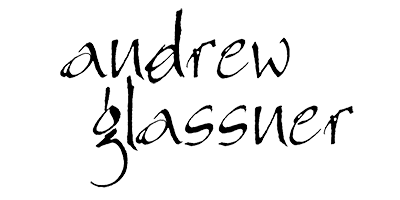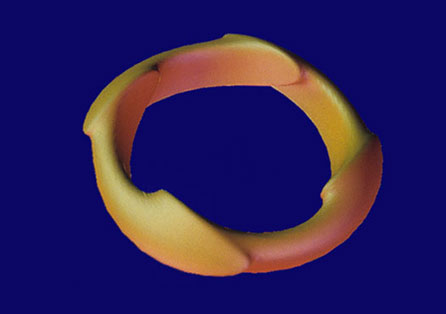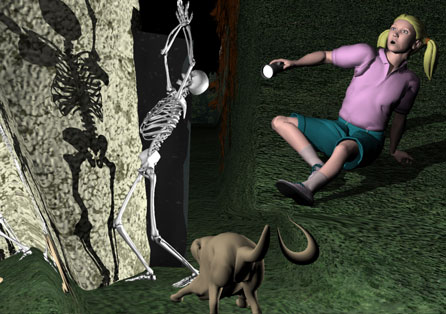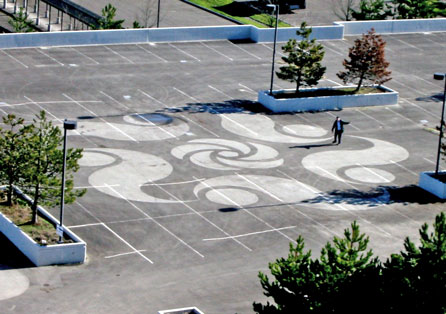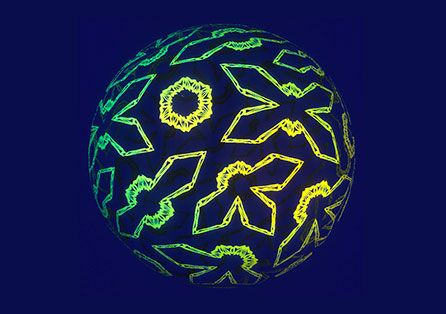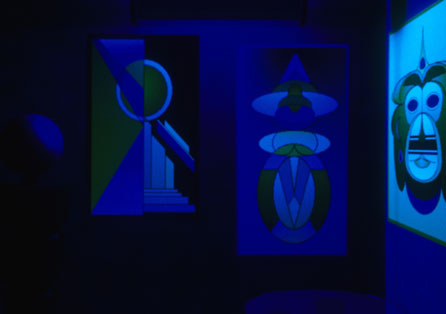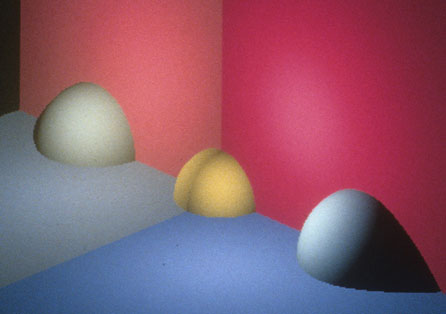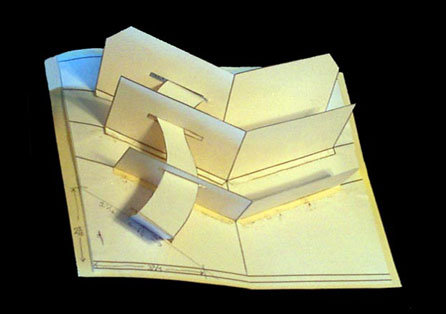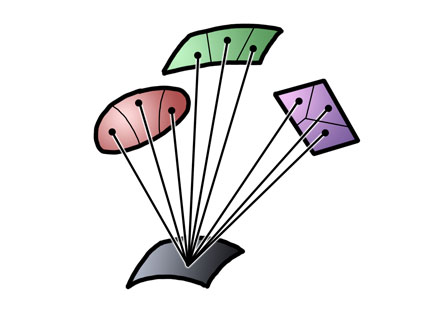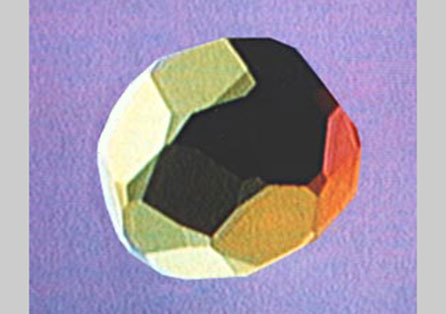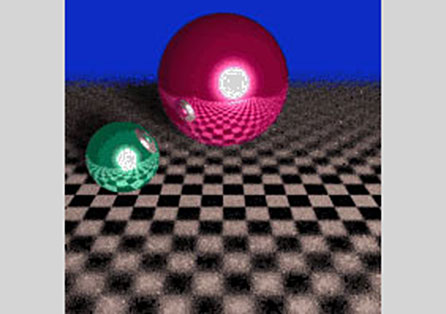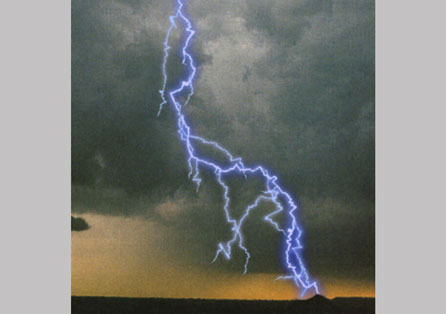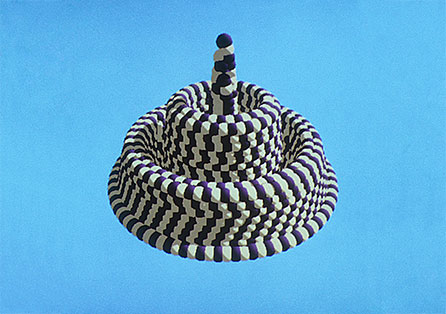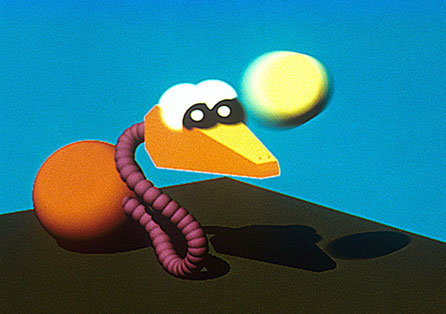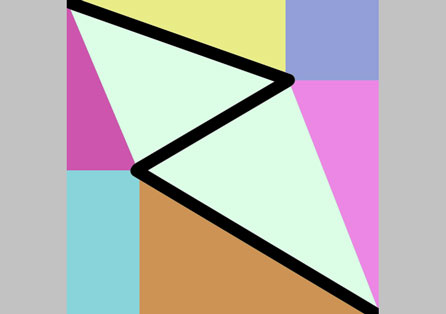Graphics Research
- Andrew Glassner
- Graphics Research
-
Shape Synthesis
Sound synthesizers opened up a new way to think about sounds. This system takes those ideas and applies them to making 3D shapes.
Read more → -
Cubism for Computer Graphics
The Cubism art movement presented some wild visual effects. Here's a way we can get similar sorts of effects in animated 3D films.
Read more → -
Crop
Crop circles are a wild topic to study. Here's a cool little language that lets you design new formations, and it prints out instructions for making it some dark night.
Read more → -
Shape Grep
Start with a simple shape. Do shape-based search and replace a few times. The results have both structural harmony and complexity.
Read more → -
Fluorescence and Phosphorescence
Watch hands glow, and black light posters look cool. I've developed a computational model of the physics of these phenomena so we can render them.
Read more → -
Device-Directed Rendering
Real devices can only display a limited range of colors. If your image has colors that can't be shown, it will get distorted. Here's a way to prevent that.
Read more → -
Pop-Up Card Design
Pop-up cards are fun to make and receive, but take a lot of trial and error to design. This interactive program makes the process much easier.
Read more → -
Dynamic Stratification
When rendering a picture with ray tracing, every sample is precious. Here's a way of getting much more than a point-sample of information from each ray.
Read more → -
Shape Morph
It's fun to watch a 3D shape transform into another. This technique is simple and fast for convex objects, and smoothly turns concave objects into their convex hulls when needed.
Read more → -
Spectrum
The <em>Spectrum</em> architecture is a very flexible environment in vanilla C for experimenting with modern ray-tracing algorithms.
Read more → -
Lightning and Thunder
Building on existing research, my system lets you direct lightning to go where you want. It also synthesizes the thunder you'd hear from that lightning bolt.
Read more → -
Space Subdivision for Fast Ray Tracing
Ray tracing is a great way to create images, but it's notoriously slow. This was one of the first papers to speed things up a lot.
Read more → -
Spacetime Ray Tracing
We can create ray-traced movies quickly by creating four-dimensional data structures, and then tracing ray in spacetime. The results are fast and look great.
Read more → -
Adaptive Precision in Texture Mapping
Textures are important, and we want them to be both fast and beautiful. This method takes only as long as required to make each pixel look great.
Read more →
